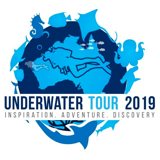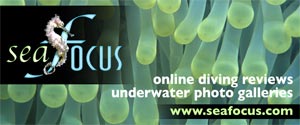- Home
- Directory
- Shop
- Underwater Cameras - Photographic Accessories
- Smartphone Housings
- Sea Scooters
- Hookah Dive Systems
- Underwater Metal Detectors
- Dive Gear
- Dive Accessories
- Diving DVD & Blu-Ray Discs
- Diving Books
- Underwater Drones
- Drones
- Subscriptions - Magazines
- Protective Cases
- Corrective Lenses
- Dive Wear
- Underwater Membership
- Assistive Technology - NDIS
- On Sale
- Underwater Gift Cards
- Underwater Art
- Power Stations
- Underwater Bargain Bin
- Brands
- 10bar
- AirBuddy
- Akona
- AOI
- Apollo
- AquaTech
- Atomic Aquatics
- aunoc
- AxisGo
- Backscatter Underwater Video and Photo
- BLU3
- Buddy-Watcher
- Cayago
- Chasing
- Cinebags
- Contour
- Deepblue
- Devilite
- Digipower
- DJI
- Dyron
- Edge Smart Drive
- Eneloop
- Energizer
- Exotech Innovations
- Fantasea
- FiiK Elektric Skateboards
- Garmin
- Geneinno
- GoPro
- Hagul
- Hoverstar
- Hydro Sapiens
- Hydrotac
- Ikelite
- Indigo Industries
- Inon
- Insta360
- Intova
- Isotta Housings
- Jobe
- JOBY
- Kraken Sports
- LEFEET
- Marelux
- Mirage Dive
- Nautica Seascooters
- Nautilus Lifeline
- NautiSmart
- Nocturnal Lights
- Nokta Makro
- Ocean Guardian
- Oceanic
- Olympus
- OM System
- Overboard
- Paralenz
- PowerDive
- QYSEA
- Ratio Dive Computers
- Scubajet
- Scubalamp
- Sea & Sea
- SeaDoo Seascooter
- SeaLife
- Seashell
- Seavu
- Shark Shield
- Sherwood Scuba
- Spare Air
- StickTite
- StormCase
- Sublue
- Suunto
- SwellPro
- T-HOUSING
- Tusa
- U.N Photographics
- Venture Heat
- XTAR
- Yamaha Seascooter
- Youcan Robot
- Zcifi
Desert Isles of the Coral Sea
Contributed by Walter Starck
By Walter Starck
With images by Roger Steene and Janice Carson
PROLOGUE
It was one of those places where the forces which govern life seem to come to a focus of preternatural beauty and intensity. I stood in a small grassy field. It was bounded by a dazzling band of coral sand. Crystalline aquamarine shallows grading into turquoise surrounded the islet. Farther out, a broad shallow reef flat fashioned a skirt of many colors terminating in a hemline of sparkling white breakers. Beyond, an endless sea of indigo blue velvet spread out to the horizon. Life was everywhere.
Thousands of frigates, terns, and boobies wheeled in a vast vortex above. On the earthly plane around me every few feet was a nesting seabird. The sandy foreshore was cratered from the nesting activity of giant sea turtles. The smooth intertidal zone of the beach was randomly dissected with several dozen sets of bulldozer-like tracks where last night's nesters had come and gone. Just offshore dark shadows of schooling fishes drifted about the sandy shallows. Occasionally one erupted into silvery showers in response to predators. Here and there heads of turtles appeared and disappeared awaiting another night of nesting. Farther out where the reef plunged into the abyss a living wall of creatures of every imaginable form and color fronted the open sea with a dizzying kaleidoscope of life. Everything, the reef, the island, even the slab of beach rock on which I stood reflected life, for all were composed of the accumulated remains of countless generations of reef organisms.
In reality I stood on the flat pinnacle of an undersea mountain built by reef creatures. A monument to life, vastly greater than the great pyramid, perhaps twenty million years old and still under construction. Overall there was a sense of timelessness, of an endless flow of life over a vast span of time. If somehow I could have slipped back in time five or even ten million years things here would have been much the same as what I now saw. Elsewhere though, the world would have been very different. Mankind did not yet exist and strange long extinct beasts dominated the continents but coral reefs were much the same then as they are today. These are vastly ancient communities. Here nature has created and preserved myriad life forms to accumulate an awesome horde of beings.
THE CORAL SEA
Coral reefs anywhere are special places but those in the Coral Sea are extra special, remote, unspoiled and teeming with life. Off the northeast coast of Australia, out beyond the Great Barrier Reef, the Coral Sea is sprinkled with dozens of islands and reefs. Names like Lihou, Holmes, and Bouganville Reefs, Herald and Magdeline Cays or Coringa, Chilcott, and Diamond Islets do not even appear on large scale maps but any of these places make the richest areas of the Caribbean or Hawaii seem impoverished in comparison.
Even today most of this area is only occasionally visited. Low lying unmarked reefs are a menace to shipping and commercial vessels give the area a wide berth. There are no airports or resorts. Indeed, the islands are all small ranging from mere sandspits to coral cays up to perhaps a half-mile in length. These are true desert isles. Some are only barren sand. Others are vegetated with hardy grasses. A few support scrubby bushes and small trees. There is no fresh water and the vegetation usually looks dry and withered but can burst into temporary greenness during spells of rain. What they lack in lushness however, they more than make up for in character and setting.
There is a pristine purity here, like that of high deserts and polar regions. There is no dirt, just reef sand and coral rock bleached to whiteness of arctic intensity. Mankind's trash which now dominates the tidelines of beaches around the world is sparse here. You have to look to find a piece of sawn timber, a bottle or tin. The air is transparent, the sky brilliant, the sea a palette of blues luminous in their intensity. Over every island hovers a living aura of seabirds. Beneath the surface of the sea, crystalline water and the absence of fine sediments sustain the sense of purity but the austerity of the isles disappears in a flowing, pulsing, seething orgy of multicolored life. The reef fauna of this area is remarkable in several respects. The abundance of turtles and larger predatory fishes is notable for these are unfished waters. The impressive abundance of life, moreover, is equaled by its diversity. Here in one place at the same time one can see living representatives of virtually every major group or phylum of creatures evolved in perhaps a billion years of life on our planet. From blue-green algae and bacteria to protozoans and sponges through all the invertebrate phyla to fishes, reptiles, birds, and even mammals, in the form of dolphins. Diversity at the major levels of evolution is only the beginning. It cascades down through classes, orders, families and genera to explode into a multitude of species.
In three weeks Dr. Gerald Allen and I recorded 576 species of reef fishes while visiting a half dozen Coral Sea reefs. In contrast the greatest number of coral reef fishes recorded from any place in the tropical Atlantic is the 389 species I recorded at Alligator Reef in the Florida Keys. This figure however is the result of a ten year study and a more thorough effort in the Coral sea would likely add half again or more as many to our total there.
The richest marine fauna in the world is that of the Indo-Australian archipelago comprising the area of Indonesia, the Philippines, northern Australia, New Guinea and adjacent islands. This vast area is closely sprinkled with countless thousands of reefs and islands and has been buffered from past climatic extremes by the vastness of the equatorial Western Pacific. Here, more different life forms have evolved and survived than anywhere else on Earth. The accumulated result is a fauna three to four times richer than such well known reef areas as the Caribbean, Hawaii, Tahiti, or the Red Sea. The Coral Sea sits on the edge of this region and shares much of its faunal richness. Though the adjacent northern portion of the Great Barrier Reef is estimated to have over 1000 species of fishes many of these are ones which live in turbid inshore reef habitats or in areas of open level bottom between reefs. For maximum number of life forms visible at once in a given place, exceptional clarity of water and primordial abundance, the reefs of the Coral Sea are near the ultimate. Numbers, however impressive, are still abstractions. Let me try to convey something of the reality of actually being there.
HERALD CAYS
At Herald Cays I descend toward a rippled sandy plain dappled with dancing reticulations of light focused by the gently undulating surface of the sea. Arriving at the bottom I find the sandy seafloor etched with the trails of creatures nowhere to be seen. Spotting a trail which ends abruptly I grope the sand and come up with a gleaming colored spire six inches long, an auger shell. Another trail yields an exquisite miter. Others simply fade into indistinction. Some, clear and hopeful, are empty starting points. Occasional jacks (Caranx spp.), barracuda, and reef sharks materialize from the blue, approach, circle and cruise on about their predatory business.
A small, brown, flat-sided fish hovers just above the bottom. It tilts over at forty-five degrees as if attached but repelled by my approach. Ten feet away it dives into the sand and disappears. Using my hands as a clamshell I scoop up a plug of sand and let it trickle away to reveal a puzzled looking razorfish (Novaculichthys taeniourus) which soon dives back into the netherworld. In the distance a two foot long green triggerfish (Pseudobalistes viridescens) stands guard in midwater attached by an invisible tether of instinct to an armspan width crater below it. Any other fish coming within a radius of thirty feet invites violent attack and invariably departs with the utmost rapidity. I approach warily, aware that egg guarding triggerfish sometimes do not recognize diplomatic immunity of envoys from the world above. I can see there is no pinkish egg mass in the nest at the moment. The conflicting imperatives of nesting and the unknown are balanced in my favor so I venture closer and the guard reluctantly acquiesces. The nest is littered with fresh fragments of cowries and heavy bits of cone shells. These are table scraps, crushed fragments of armor that leave little doubt a triggerfish attack is not based entirely on bluff. In the distance the sea floor curves downward forming the shoulder of the reef. Then it drops vertically into the abyss. Clearly silhouetted against the open water beyond the shoulder is a swaying field of knee high creatures sprouting from the sand like skinny shepherd's crooks. A jobfish (Aprion virescens) passing over causes those in its path to sink silently into the Earth only to sprout magically back up after it passes.
Garden eels live in colonies and extend from burrows to feed on the small drifting life called plankton which the current brings them. If danger threatens they retreat into their burrows and are thus able to exploit an area of the reef not available to other plankton feeders due to lack of shelter from predators. I approach cautiously but the plume of bubbles arising from each exhalation causes those nearest me to vanish. With bated breath I creep forward on my fingertips and manage to get within a few feet of the nearest eels. Most are extended calf high. They are pale, decorated with a coarse stippling of dots and a large irregular black spot in the neck area which identifies them as the species Taenioconger hassi. Their short snout and large alert eyes create an attractive puppy-like visage. Among them are some larger individuals with a more pointed snout and extending knee high from the sand. These have finer stippling and no dark neck spot. I recognize them as a species of another genus (Gorgasia) of garden eels which has not yet been described and given a scientific name. We call such discoveries new species meaning new to science, not just arrived. Almost certainly they were here long before the first humans, much less science, ever existed. Finally, the need to breathe overcomes curiosity and as if mirroring my burst of bubbles the eels pop back into invisibility.
HOLMES REEF
On Holmes Reef we anchor on a thirty foot patch of mottled shades of brown and tan surrounded by a glowing turquoise sea. Slipping into the water I find a lumpy bumpy magic carpet of coral seemingly suspended five feet beneath the surface and over seventy feet above the sandy sea floor far below. A scintillating halo of thousands of purple and gold fairy basses surround its edge picking plankton from the passing water.
I swim out among them and they part, flow around and rejoin behind me. Looking back I can see the patch of coral is the flat top of a towering pinnacle reef whose vertical walls are overhung by living coral growing outward at the top. Every square inch of the wall is plastered with life. Sinking down I watch a multicolored tapestry of attached creatures flow past. Ledges and overhangs are penthouse gardens landscaped with soft corals, sea fans and sea whips.
At the bottom I swim out over the sand about twenty yards and settle softly down. From here the pinnacle looms massively into the sky, a towering highrise teeming with exotic and beautiful lifeforms. The swarming fishes around the top are now gnat-like clouds of dark slender dots silhouetted against the silvery surface. Beams of sunlight form a dancing starburst radiating from the top of the reef. An impenetrable shadow draws me back to the wall of the pinnacle. At close range I can see it is the mouth of a small cave. Entering I find myself in a chamber eroded into the heart of the reef by water and boring organisms. As my eyes accustom to the dim light I can see the walls and ceiling are festooned with beautiful sponges, corals, hydroids, bryozoans and other encrusting life. In the sheltered environment of the cave many have assumed absurdly delicate forms. Here and there on the ceiling smooth hemispheric nodules form projecting knobs an inch or two in diameter. Touching one I find it to be stony hard with a texture like very fine sandpaper. Enough light reflects from the sandy floor for a close up look to reveal a pattern of fine slits in a starburst configuration sprinkled across their surface. Their knob-like shape seems somewhat appropriate for these are indeed a doorway to the past. They are sclerosponges, one of the earliest forms of life. Half a billion years ago they were a dominant form of life. Only recently it was discovered they still survive hidden in the caves of coral reefs. From the dim interior the entrance to the cave a ragged window into the crystalline depths of a flawless, limitless gemstone. Entranced I watch a large coral trout (Plectropoma leopardus) appear and gaze in at me while the outlines of upside down soldierfish (Myrapristis kuntee) parade overhead following the roof of the cave.
OSPREY REEF
Osprey Reef is a true coral atoll, a ring of reef rising abruptly from oceanic depths to break the surface at low tide. Inside is an enclosed lagoon with depths up to 120 feet, an eighteen mile long six mile wide lake in the midst of the sea. At one point on the leeward side a deep channel or pass cuts through the reef forming a natural portal between the lagoon and the open sea. This pass is a focal point where the flow of life is concentrated to vibrant intensity. We dive on an incoming tide when the transparency of the open ocean pushes back the misty lagoon water. The walls and floor of the pass are a jumbled profusion of lush coral growth.
In mid-water, thirty feet down, I am met by a huge school of small barracuda. A vast orderly phalanx of dart-like forms approaches and becomes a wall of eyes sweeping past. A moment later I reach bottom and look up to see they are now encircling photographer Helmut Horn. From my angle of view the late afternoon sun glints brightly off the silvery sides of the fish and Helmut is at the center of a gleaming slow motion cyclone. Multicolored fishes of every size and form infest the coral jungle around me but a miniature canyon in the floor of the pass irresistibly draws me to follow to its terminus. Here the outermost edge of the reef ends as the precipice of a vast cliff rearing thousands of feet above the abyssal plain. Out in the blue beyond pelagic fishes of the high seas patrol the reef face. Far above, the fat spindle shape of a tuna cruises past propelled by characteristic short, quick, almost vibratory strokes of its tail. At my own level, ninety feet down, several sleek silvertip sharks (Carcharinus albimarginatus) swim parallel to the cliff face. The largest, an eight footer, angles toward me with evident curiosity. As it glides by fifteen feet out from the cliff I am struck with its beauty and grace. Flawlessly streamlined, not a wrinkle or bump mars its perfection. It swims effortlessly in a manner suggesting masterful control of explosive power. Even at this depth a bronze iridescence gleams from the highlights on its smoothly contoured back. Its power, streamlining, and lethal capacity brings to mind a supersonic fighter aircraft. Curiosity satisfied by a close look it continues on and fades into the blue.
Resisting a sense of vertigo induced by the sheer awsomeness of the cliff face I swim out over the edge. My kickoff from the downward sloping canyon dislodges a small avalanche of sand which pours over the edge of the precipice and cascades into the depths. Ledges far below frosted with reef sand attest to a frequency of such sandfalls. I drift down the cliff face. To my right it abruptly steps inward under an overhanging ledge and then angles downward again toward the deep. Under the overhang one hundred twenty feet down is an inverted garden of feathery sea fans and whips interspersed with drooping blobs of yellow sponges. After a few minutes I begin my ascent and am followed by a squadron of inquisitive jacks (Caranx ignoblis) who zoom up from below and sweep past apparently in momentary pursuit of my escaping bubbles. Helmut in the distance is an exclamation point beneath his own column of expanding bubbles.
SEA MOUNT
Thirty miles west of Holmes Reef and sixty miles east of the Great Barrier Reef lies an underwater mountain or seamount whose peak is 120 feet below the surface. During the last ice age when sea level was as much as 300 feet lower than at present this was a high island. Today it is an unnamed circle of dotted line on the chart surrounding the number 36 representing the depth in meters. With satellite navigation receiver and echosounder we find it and drop anchor. Accompanied by prolonged rattling and clanking most of a hundred meters of chain disappears down the hawse pipe and I lock the winch. In a minute the dangling chain draws out ahead to a taut forty-five degrees and we swing to, headed into a two knot current.
On this dive I am accompanied by Gerry Allen, who has shared in many explorations over the years. We joke about a previous seamount dive together off Palau in Micronesia, and vow not to repeat it. On that dive our boat had pulled anchor in the current while we were on the bottom. The long hard swim to catch it attracted the attention of a number of large oceanic sharks who began to circle us while a strong current swept us toward the Phillipines 600 miles away. We step off the deck and make a sprint for the anchor chain. Making headway against the current is just possible. At the chain we hold on and rest momentarily before resuming our descent. Far below an indistinct patchwork of light and dark bottom is visible. Here and there in the great space between, large pelagic fishes cruise. Hand over hand we start down the chain.
As El Torito, our hundred ton vessel, rises and falls on the ocean swell the catenary of chain scythes through the water alternately tensioning and relaxing. Half way down where the effect is greatest we abandon the surging chain and swim as quickly as possible for the bottom. Further down we find we are out of the current sheltered by the peak of the seamount upstream of us. At 165 feet we land in a patch of sand, a small clearing surrounded by dense thickets of branching corals among which are scattered clumps of more massive types. Fishes are abundant everywhere.
Surprisingly, both corals and fishes are mostly species which elsewhere are characteristic of much shallower reefs. Apparently conditions of constant clarity permits light to penetrate deeper with intensity equivalent to that which elsewhere occurs only at lesser depths. Most impressive however is the abundance of larger predators. I turn to look at Gerry and find him almost hidden by a school of hundreds of two foot jacks (C. ignobilis) circling him at close range. Within sight several thirty to forty pound coral trout hover above the coral watching me watch them. Husky chocolate brown brutes showing ivory canines in pugnathous jaws they look the part of the predators they are. A short distance away a dense pack of three foot barracudas (Sphyrna jello) presents a phalanx of sharply pointed snouts. High up, out near the limits of visibility the dim forms of occasional large sharks can be seen. Several times I am closely approached and inspected by great hulking dogtooth tunas (Gymnosarda unicolor) upwards of a hundred pounds in weight. Long rows of scalpel shaped teeth line their jaws. Numerous scrapes and scars acquired in slashing attacks on prey attest to their use.
Too soon our fifteen minutes of bottom time are near an end and we head for the anchor chain to begin our ascent. Looking up I can clearly see the beamy form of El Torito surprisingly tiny in the distance, a boat-shaped toy balloon floating on its tether in the sky. On the way up a huge dogtooth gives us the once over. The current has slackened during our time below. Beneath the boat we adjust buoyancy to hang weightless in mid-water and decompress at ease away from the anchor chain still surging with the swell.
REEF and XTC
Scuba diving is an intimate, close up, tactile experience in which one enters into, is enveloped by, and merges with the sea. Flying, in contrast, involves a purely visual and aesthetic perception of the world, the detached mind encompassing all creation. On one trip to the Coral Sea I set out to experience things from that very different perspective. In relating this experience it occurs that carrying a small aircraft on a boat to a remote part of the Pacific Ocean in order to fly around in circles and look down on things perhaps warrants some background explanation.
Background
I grew up on Lower Matecumbe, an island in the Florida Keys. By 1964 at the age of 24 I had completed a doctorate degree in marine science and in the process discovered I was more interested in exploring the world around me than I was in pursuing a career in academia. Over the next few years through a combination of manufacturing underwater equipment, documentary film making, and research grants and contracts I was able to acquire my own research vessel and develop the requisite skills to pursue my own goals. In 1971 after several years of work in the Bahama Islands and the Western Caribbean I headed for the South Pacific. Eventually after extensive exploration among the islands of the southwest Pacific I established a home base on the Daintree River amid rainforest clad mountains in northern Queensland. My backyard was the wilderness area of Cape York, a peninsula about the size of Florida,. The river at my doorstep a pathway leading to the Great Barrier Reef and the Coral Sea.
My vessel, El Torito, was a beamy 64 foot steel vessel outfitted with a wide range of equipment for marine biological investigations, filming, and exploring in remote areas. El Torito had no permanent crew but was rather a moveable feast for a small eclectic group of family and friends who share a mutual interest in marine biology and underwater photography. Among those who regularly joined me on El Torito were Gerry Allen an ichythyologist from Perth, the late Jim Tobin a retired businessman from Oregon, Roger Steene an underwater photographer from the nearby town of Cairns, Helmut Horn a hotelier from Chicago, and Peter Kuhn an ophthalmologist from Hamburg. Among El Torito's varied accouterments was a sleek futuristic looking ultralight amphibious aircraft I had built. It was carried on a special platform off the stern.
XTC at Holmes Reef
On one voyage to the Coral Sea we brought along this machine to do some aerial photography at Holmes Reef. After anchoring in the lagoon I did a preflight check, lowered the platform and launched the XTC (Cross Terrain Craft).
It was calm. I drifted slowly with the current away from El Torito. The gleaming white XTC sat lightly on the surface like a resting tern. After a minute I punched the starter. The engine coughed a few times, sputtered and then roared into life. The XTC surged ahead. I taxied about a hundred yards down current then turned back and opened the throttle. The XTC plowed forward lifting its nose. With increasing speed the aft end lifted leveling the fuselage. The gentle undulations of the ocean began slapping the hull beneath me with increasing rapidity and force. Using the joystick I skimmed the surface for a hundred yards with increasing speed. Easing back on the stick I broke free and the added lift from ground effect popped me into the air. The slapping abruptly ceased. The glazed surface rushing at me from a nearby horizon dropped away, slowed down and faded to transparency revealing a fairytale world beneath. The horizon receded, pushed back by a vast variegated palette of blues, azure, aquamarine, turquoise, cerulean, cobalt and indigo. From the air the reef was more than just beautiful and interesting or even impressive. Taken in its entirety, all in one vast panoramic view it was awesome. Every pattern, every shade of color represented whole realms inhabited by teeming multitudes of exotic and beautiful forms of life. The irregular edge where cobalt met indigo was the dropoff, the vast cliff face where the reef drops into the unknown of the deep sea. Parallel streaks of cerulean transecting a band of cobalt were the sandy-floored canyons of spur and groove formations which make up the outer reef slope. Snowdrifts which materialized, swept forward, spread out and slipped back into invisibility were breaking waves endlessly pounding the reef crest. Azure mottled with browns and tans was the shallow reef flat where scattered herds of grazing fishes foraged. Aquamarine grading into turquoise was the sandy floor of the lagoon; scattered brown spots the tops of patch reefs towering from the lagoon floor.
Even from the sky life was clearly visible. Several conspicuous brown ovals dotted the sea, turtles at the surface for air. Schools of dusky surgeonfishes and turquoise parrotfishes showed as patches of closely spaced colored dots on the reef flat. Teeming schools of smaller plankton feeding fishes around the edges of patch reefs appeared as hazy coronas of blues, greens, and yellows depending on species.
Two twelve foot manta rays off one end of the reef made up a matched pair of black diamonds. Pulsing flashes of gleaming white coincided with each downstroke of their wings when the tip curled up momentarily revealing the underside. The unmistakable outline of a cruising shark was pursued by its detached shadow clearly visible beneath it on the sandy bottom. The familiar shape of white terns in the sky unfamiliarly appeared to skate across the sea. Poor creatures plastered by gravity to the surface of the globe. El Torito sat motionless on a calm clear sea, a toy boat suspended in space above the reef. Nearby a cloudy nimbus of bubbles boiled to the surface from a diver clearly visible on the sea floor.
After half an hour of aerial ambling over the reef I throttled back and descended. A few feet above the surface ground effect again appeared, this time cushioning my touchdown. As the fuselage just kissed the water I cut the throttle. In a few dozen yards the ocean smoothly dragged me back to canoe speed and I taxied home to El Torito.
REFLECTIONS

Outer dropoff, surge channels,
reef flat and lagoon.
El Torito is visible anchored.
Image © Walter Starck
Not all the Coral Sea has to offer involves the element of excitement inherent in diving or flying. Some of our most memorable experiences there have been in a mellower mode. Curious booby birds usually fly out to meet us as we approach an island. Seldom disturbed by humans they are remarkably unafraid and some even alight on the higher parts of the vessel. On one occasion one perched on Roger Steene's straw hat while he sat on the ship's crane near the bow. After a minute another tried to join the first which defended its perch with a peck. Soon another appeared. From a few feet away Helmut and I took pictures while three large wild birds squabbled over a human perch who himself was perched on a moving boat transporting the whole unlikely assemblage across the sea.
At dusk I have sat on a beach the color and softness of new fallen snow. From all points of the compass seabirds returning from their daily foraging converged toward me. The sun, a fiery orb low in the sky, drew my attention. I imagined its indescribable nuclear incandescence hurling toward Earth subatomic quanta of energy at a speed which annihilates time. The speeding photons were then captured and harnessed by barely visible motes of life, phytoplankton. This energy passed from creature to creature in the oceanic food chain. The birds, fueled from it, were coming home. A vast current of life and energy flowed toward a point which for the moment was me.
Thousands of guttural squawks of boobies and mewing cries of terns were somehow blended and muffled by the vastness of the surrounds so that they became a strangely peaceful murmur. Great dark mounds of turtles began to emerge from the sea for another night of egg laying just as they have for time beyond imagining. Yet, even then our own ancestors were around somewhere albeit in a different form. We all spring from the same source and are all related, however distantly.
The Earth rolled on and the closest star, our sun, disappeared over the horizon while others more distant took over the sky. I felt something more than simply being here now. It was more like being a conscious part of something vast and timeless engaged in the never ending task of getting to know itself.
Shopfront
-
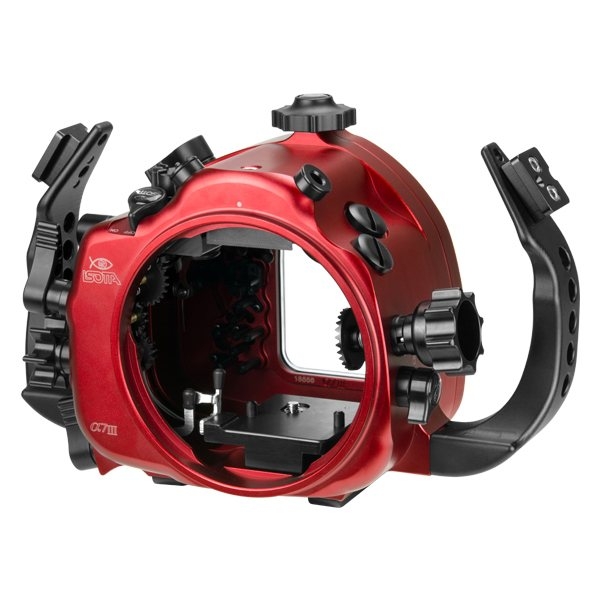 Isotta Underwater Mirrorless Camera Housings
Isotta Underwater Mirrorless Camera Housings
- Price A$ 2,290.00
-
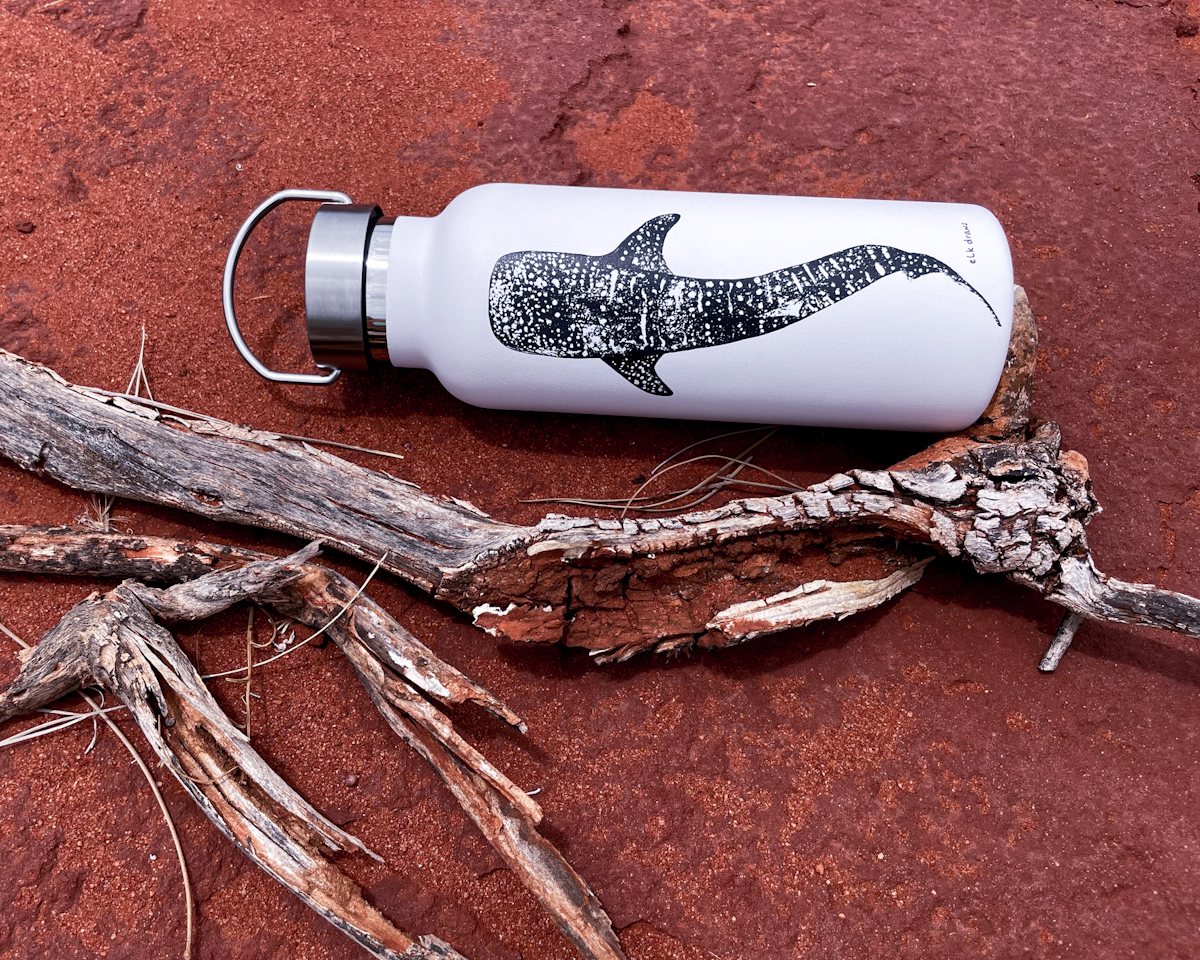 Underwater X Elk Draws Stainless Steel Insulated Water Bottle for Mental Health - Whale Shark
Underwater X Elk Draws Stainless Steel Insulated Water Bottle for Mental Health - Whale Shark
- Price A$ 39.95
-
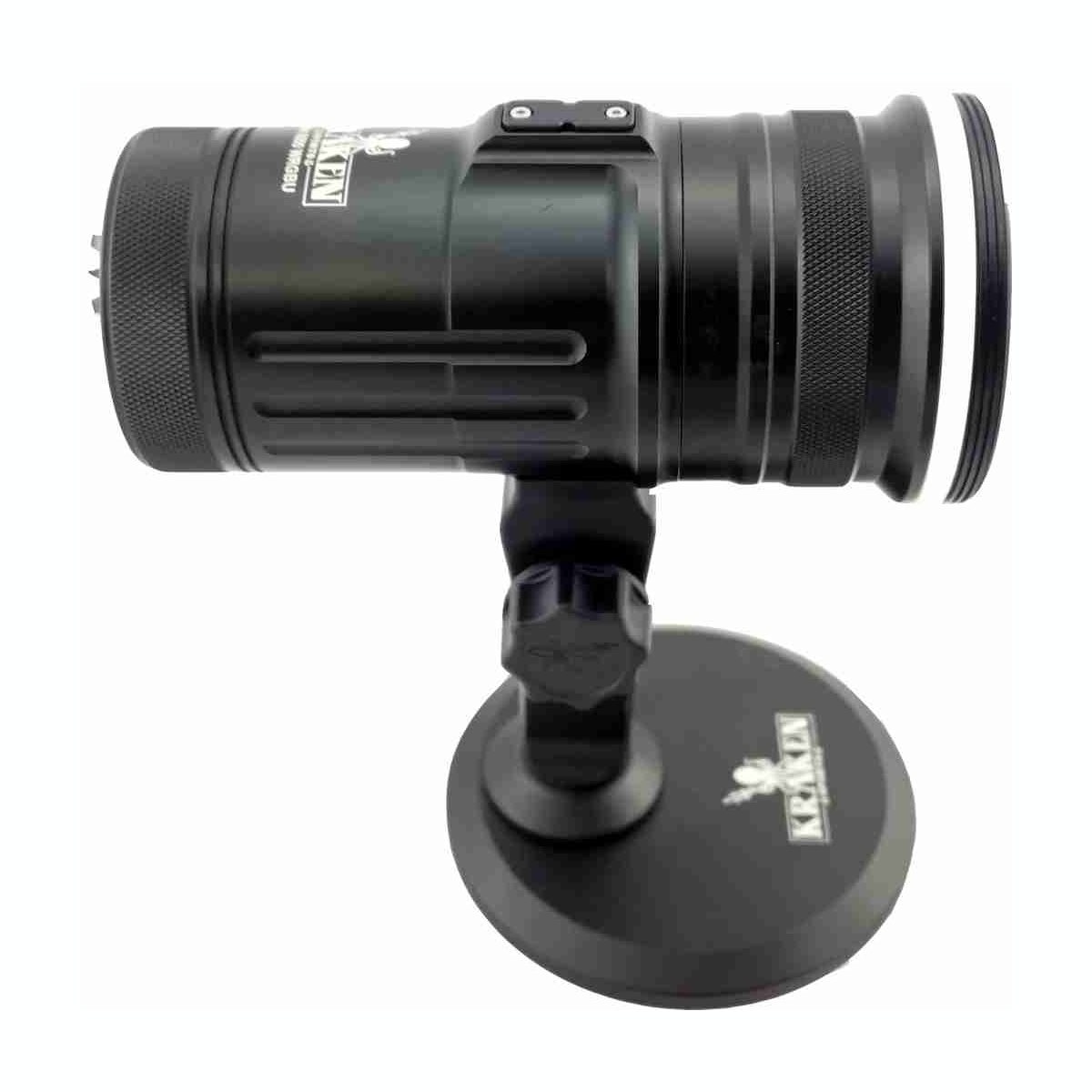 Kraken Hydra 8000 WRGBU
Kraken Hydra 8000 WRGBU
- Price A$ 1,129.00
-
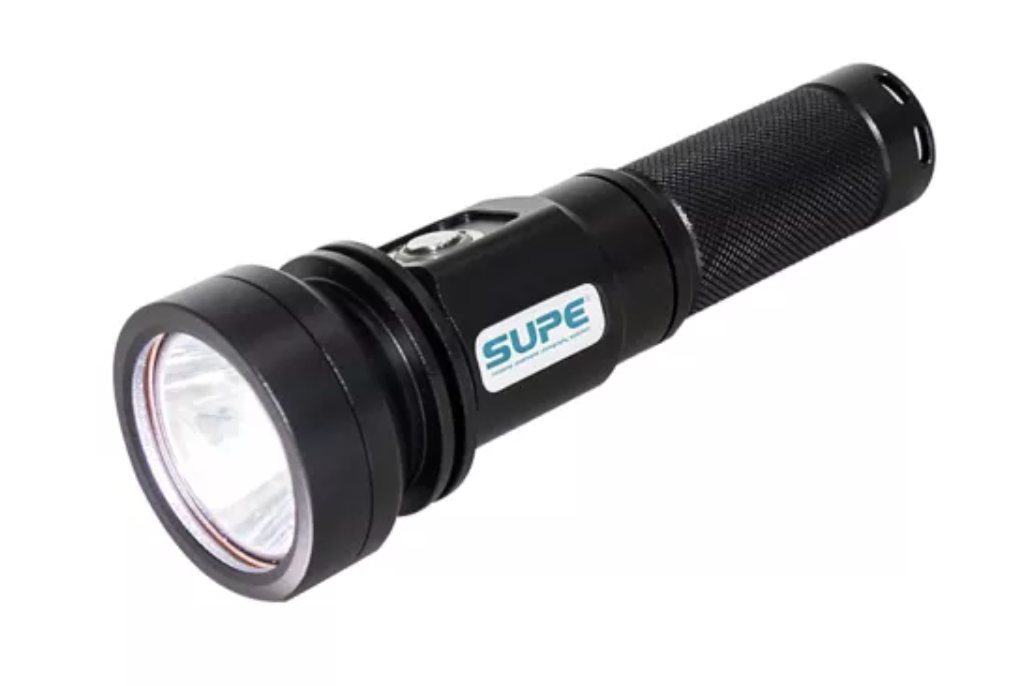 SUPE Scubalamp RD92 LED Recreational Diving Torch - 2000 lumens
SUPE Scubalamp RD92 LED Recreational Diving Torch - 2000 lumens
- Price A$ 189.00
-
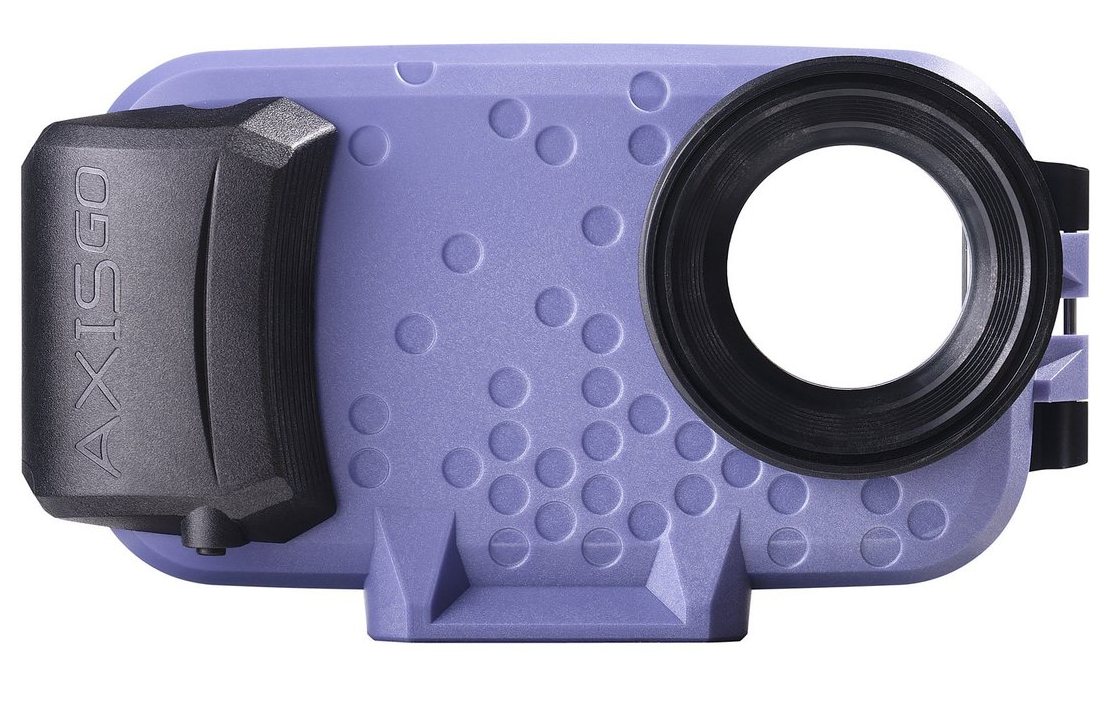 AxisGO Waterproof Case for iPhone 12 Pro Max
AxisGO Waterproof Case for iPhone 12 Pro Max
- Price A$ 169.00
In the Directory














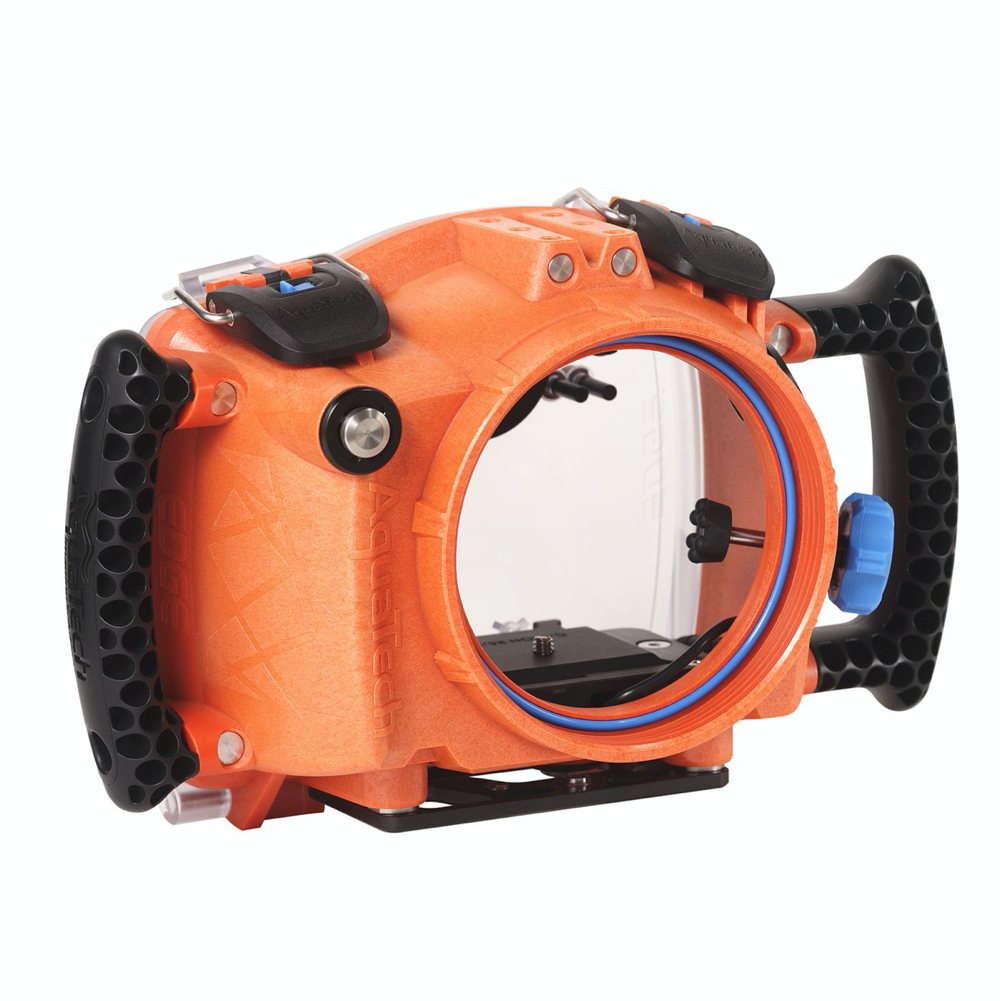
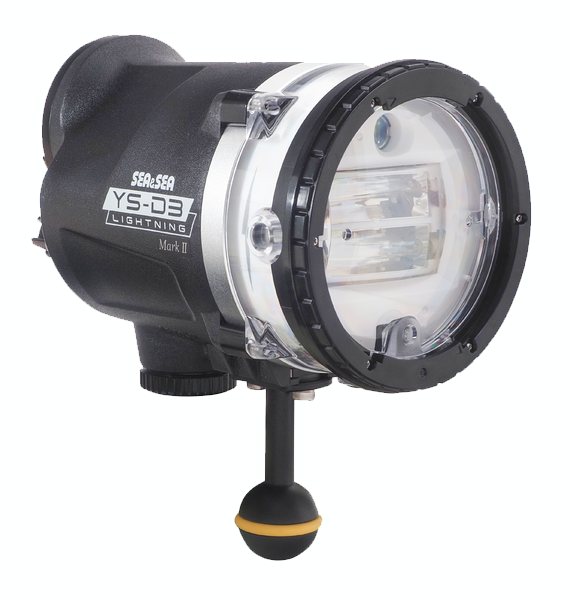
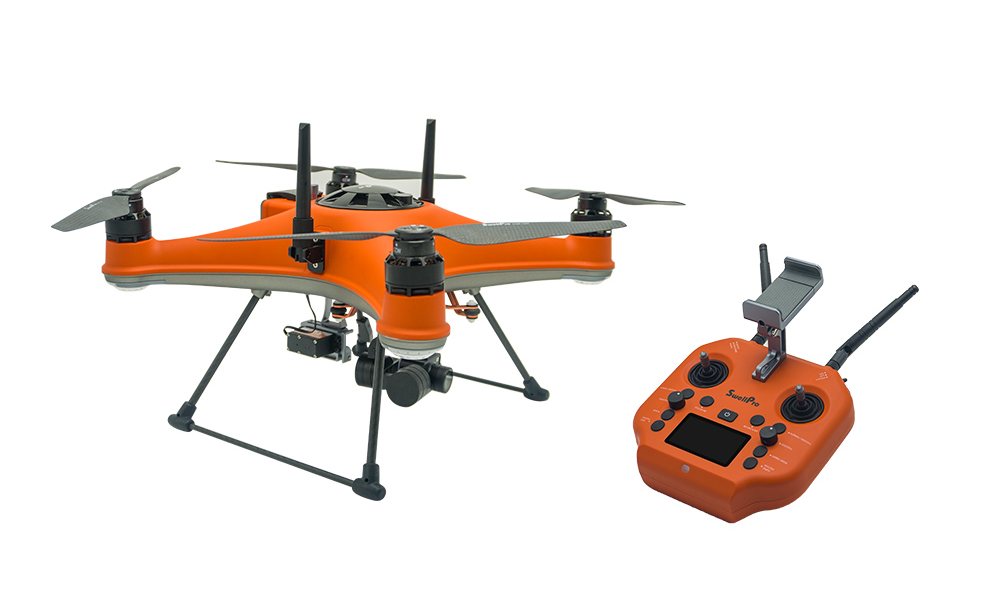

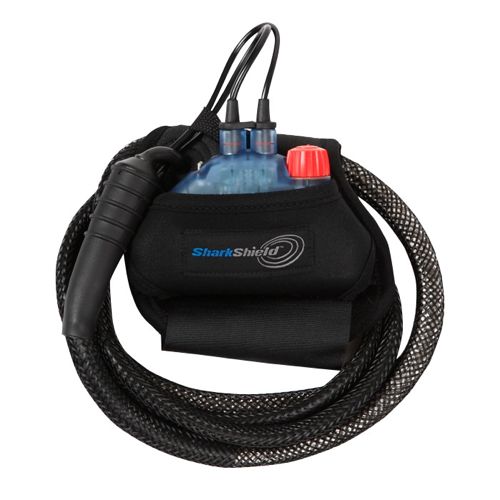
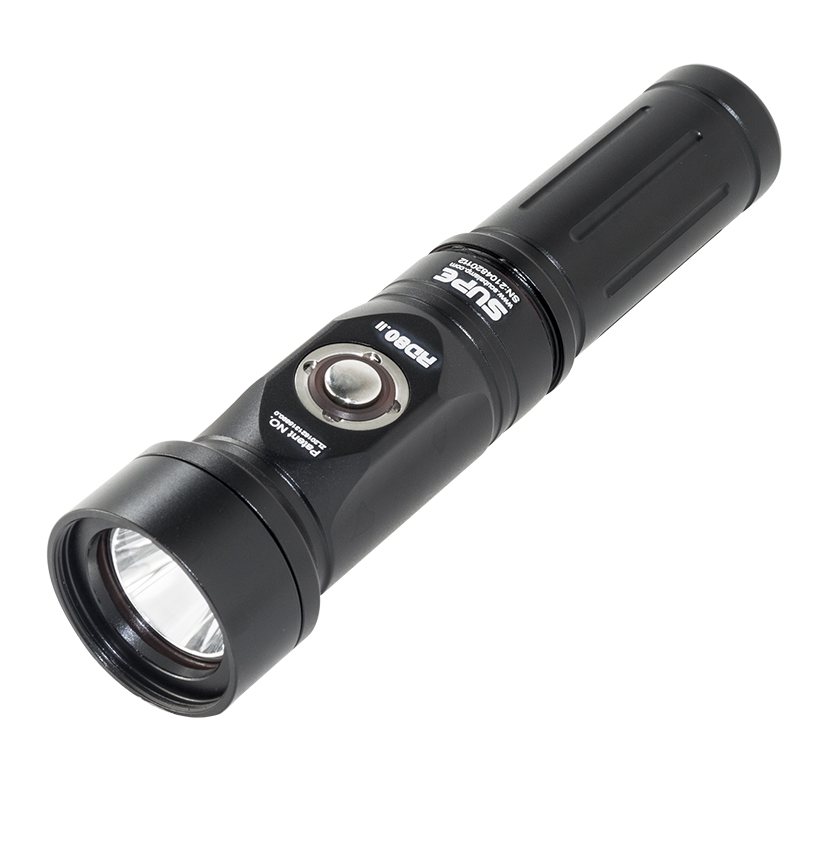
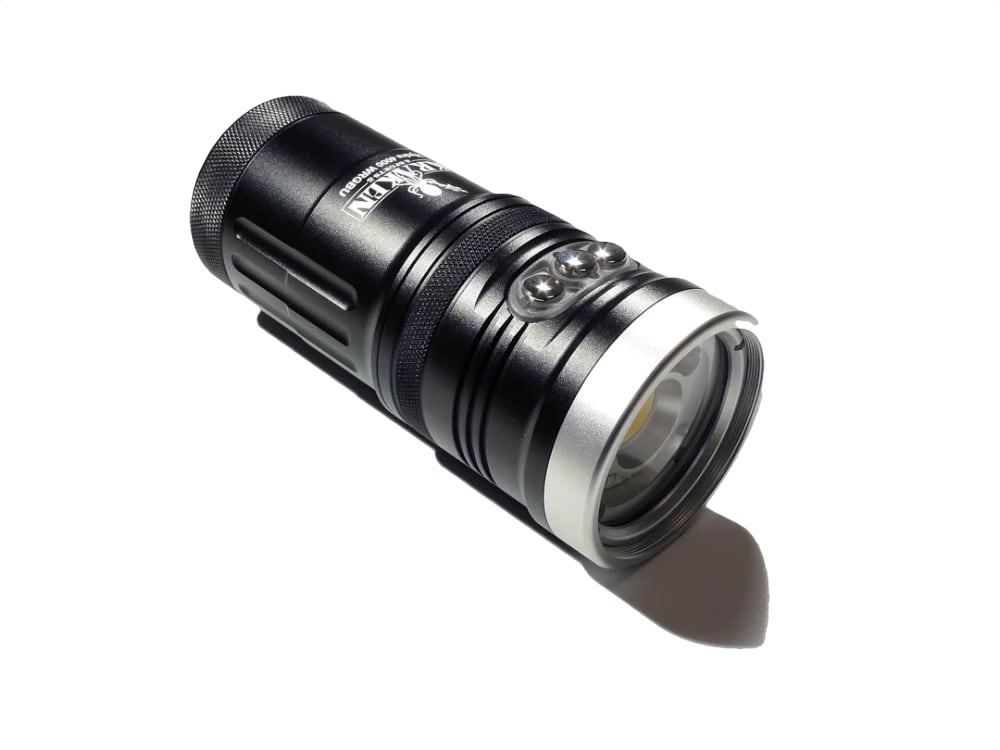



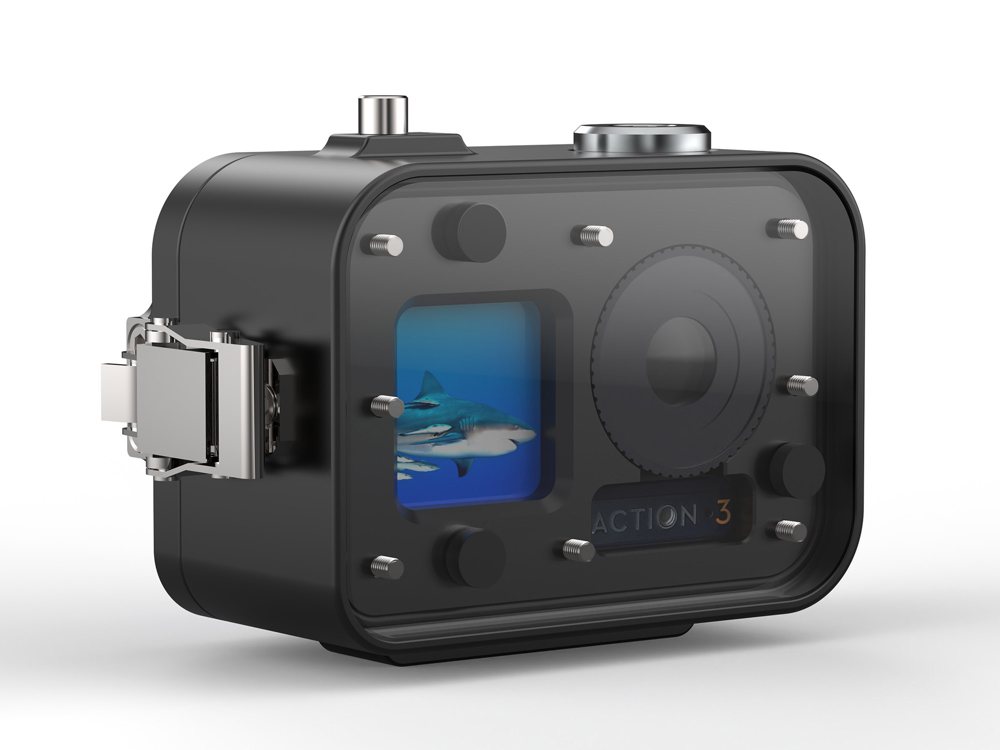 T-Housing Aluminium Deepdive Housing for DJI Osmo Action 4 and Action 3
T-Housing Aluminium Deepdive Housing for DJI Osmo Action 4 and Action 3 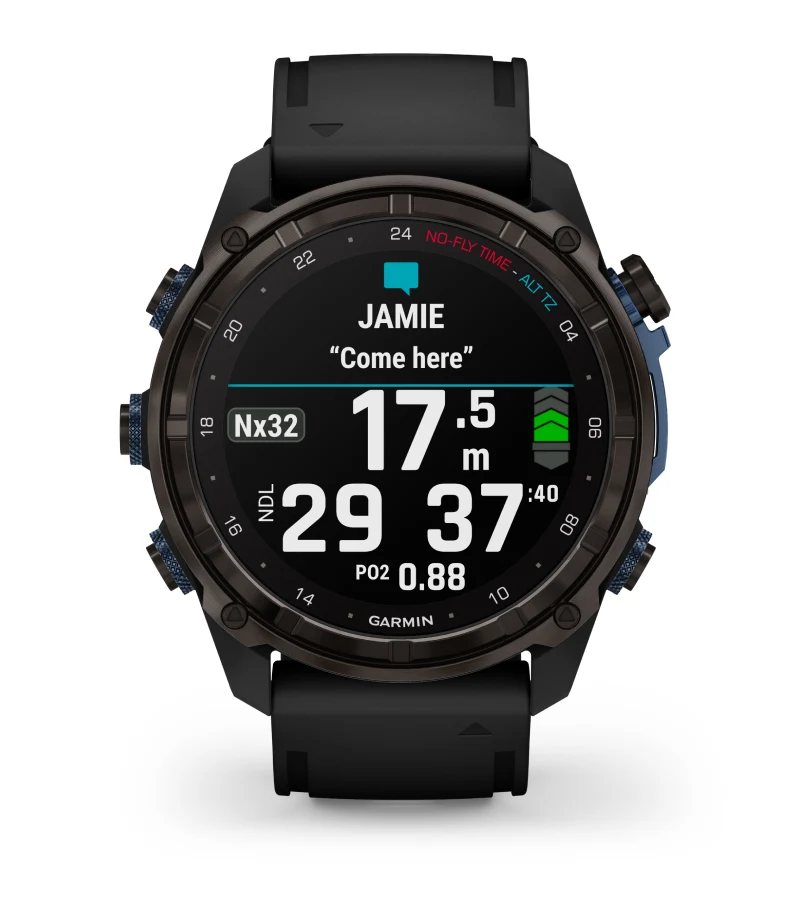 Garmin Descent Mk3i Watch Dive Computer - 51 mm, Carbon grey DLC titanium
Garmin Descent Mk3i Watch Dive Computer - 51 mm, Carbon grey DLC titanium  Fantasea FRX100 VA Vacuum Underwater Housing for Sony RX100 III / IV / V / VA
Fantasea FRX100 VA Vacuum Underwater Housing for Sony RX100 III / IV / V / VA 

